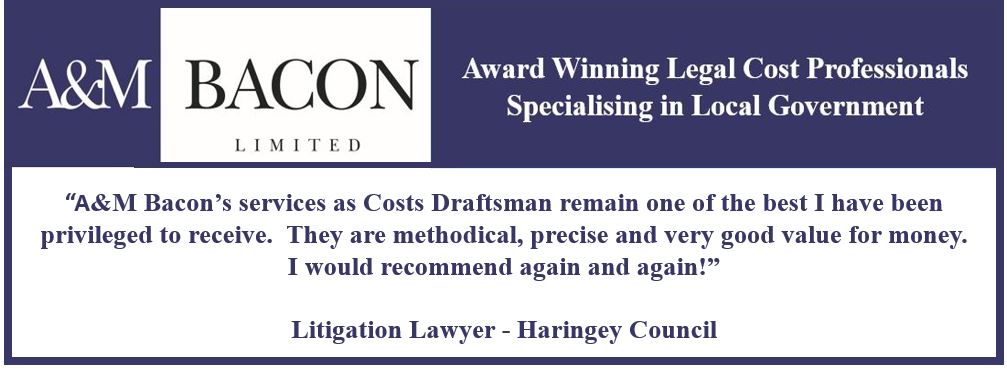Defra lays revised statutory guidance on contaminated land before Parliament
Local authorities will be able to dismiss low risk sites more easily under revised draft statutory guidance on contaminated land laid in Parliament last week, the Department for the Environment, Food and Rural Affairs has claimed.
However, environmental health practitioners have warned that the move may see some sites developed more easily but at a lower standard of health protection.
Defra said revised regulations would come into force on 6 April, subject to Parliamentary approval. “It is hoped that the new guidance will be available to be issued on or soon after that date,” the Department added.
The revised guidance and regulations come after Defra conducted a review of the contaminated land regime and a public consultation.
According to the Department, the new statutory guidance is intended to be more usable for those that deal with land contamination and remediation.
It introduces a new four category test designed to clarify when land does and does not need to be remediated.
“By reducing regulatory uncertainty, this policy aims to make the regime target higher risk land more efficiently,” Defra said, adding that the changes would be supported by technical tools developed by the land contamination sector to increase consistency over time.
The Department said: “The new regime will still be highly precautionary but will be better at focussing efforts on finding high risk sites and dealing with them first, and at speeding up local authority decision-making by helping them dismiss low risk sites more easily.
“This means that the regime will, through being more targeted and efficient, offer better protection against health impacts.”
The government’s review of the contaminated land regime, which was introduced in 2000, concluded that the primary legislation – Part 2A of the Environmental Protection Act 1990 – remained fit for purpose and should be kept.
But it found there were flaws in the accompanying statutory guidance “which had undermined the effectiveness of the regime and created considerable regulatory uncertainty”.
The government’s revised guidance has nevertheless been criticised by the Chartered Institute of Environmental Health, which warned that it could lead to developers building on land currently considered contaminated.
The CIEH, which represents environmental health practitioners in local authorities, warned that the guidelines would water down current science-based risk assessments, “which could result in fewer sites being treated before they are built on”.
It also highlighted other changes that “include introducing consideration of social and environmental costs into decisions which previously have been made on health grounds and a number of detailed amendments which will discourage authorities from declaring land to be 'contaminated'.”
The Institute also rejected Government claims about regulatory uncertainty and poor decision-making.
Howard Price, CIEH Principal Policy, said: “The Statutory Guidance is not to blame here: though 12 years have now passed, the Government has failed to produce the additional technical guidance it depends on. A further drag on activity has been that in the last year the Government agreed to fund a total of only 17 bids for site investigations.”
He added: “Changes in the new guidance appear collectively to raise the bar on what will qualify as 'contaminated' still without addressing the problem of making the line between that and 'not contaminated' any clearer. They may make developing some sites easier but at a lower standard of health protection.”
Philip Hoult



